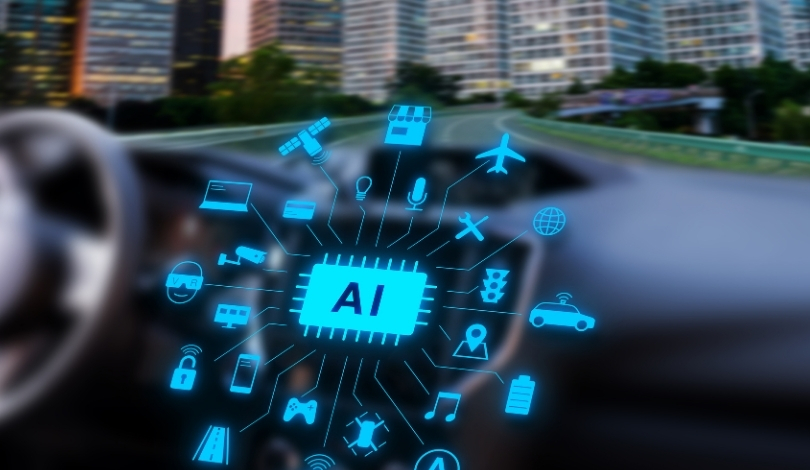AI technologies are increasingly becoming integral to various industries, with organizations worldwide leveraging innovations like ChatGPT and advanced chipmaking by Nvidia. The widespread integration highlights the growing reliance on AI solutions for enhancing business functions and driving efficiency. As AI continues to evolve, new opportunities and challenges emerge, shaping the future landscape of technology and economy.
AI integration was once limited to specific sectors, but recent trends show a significant expansion across diverse industries. This shift reflects a broader acceptance and the realization of AI’s potential benefits in operational workflows and strategic decision-making.
How is AI technology being adopted at a high rate?
The rapid growth of AI platforms like ChatGPT, which now boasts over 400 million weekly users, underscores the high adoption rate. Enhanced features such as image generation have attracted a vast user base, demonstrating the mainstream appeal of AI tools.
“It’s super fun seeing people love images in ChatGPT, but our GPUs are melting,”
said Altman in an X post.
What advancements have been made in digital human innovations?
Digital human technologies have made significant strides with platforms like Antix enabling the creation of hyper-realistic digital twins. These innovations allow for personalized and interactive digital representations that can engage users in meaningful ways. Such advancements are poised to revolutionize digital interactions by offering customizable attributes like style, appearance, emotions, and voice.
Is the global AI race accelerating funding and competition?
Global funding in AI startups has surged to $100 billion in 2024, driven by substantial investments from both the US and China. Initiatives like President Trump’s $500 billion investment in AI infrastructure and China’s $8.2 billion AI fund highlight the intense competition. This competitive environment fosters growth and innovation, pushing companies to develop more efficient and advanced AI solutions.
AI’s sustained growth is supported by high adoption rates, continuous funding inflows, and advancements in digital human technologies. These factors collectively ensure that the AI narrative remains strong, despite potential short-term slowdowns. The dynamic interplay between technological progress and investment will likely keep AI at the forefront of industrial innovation.










